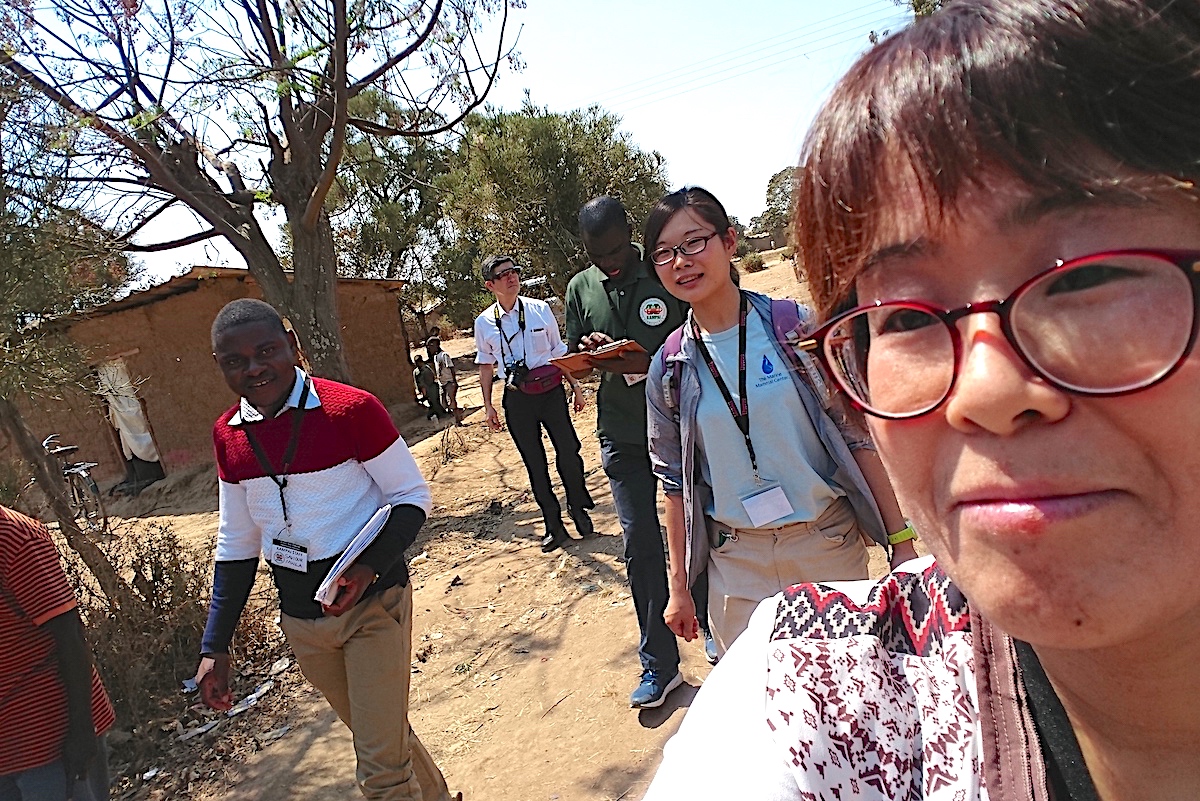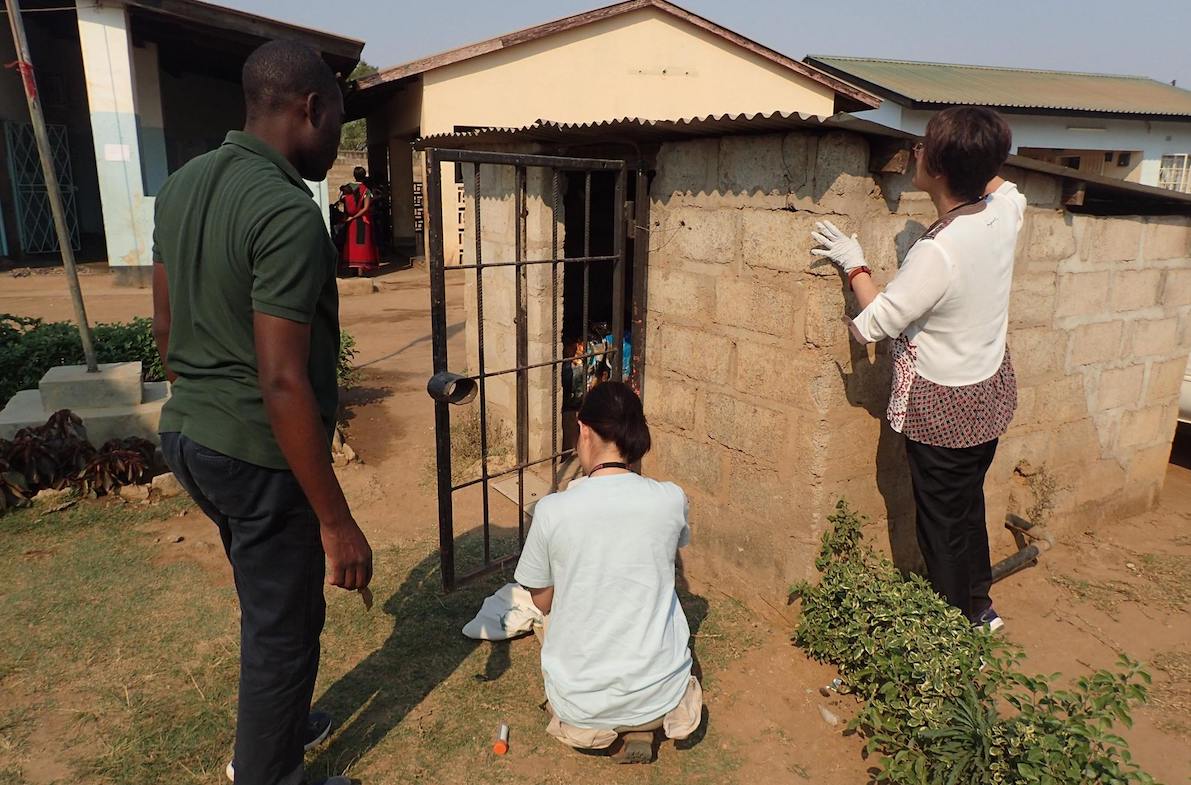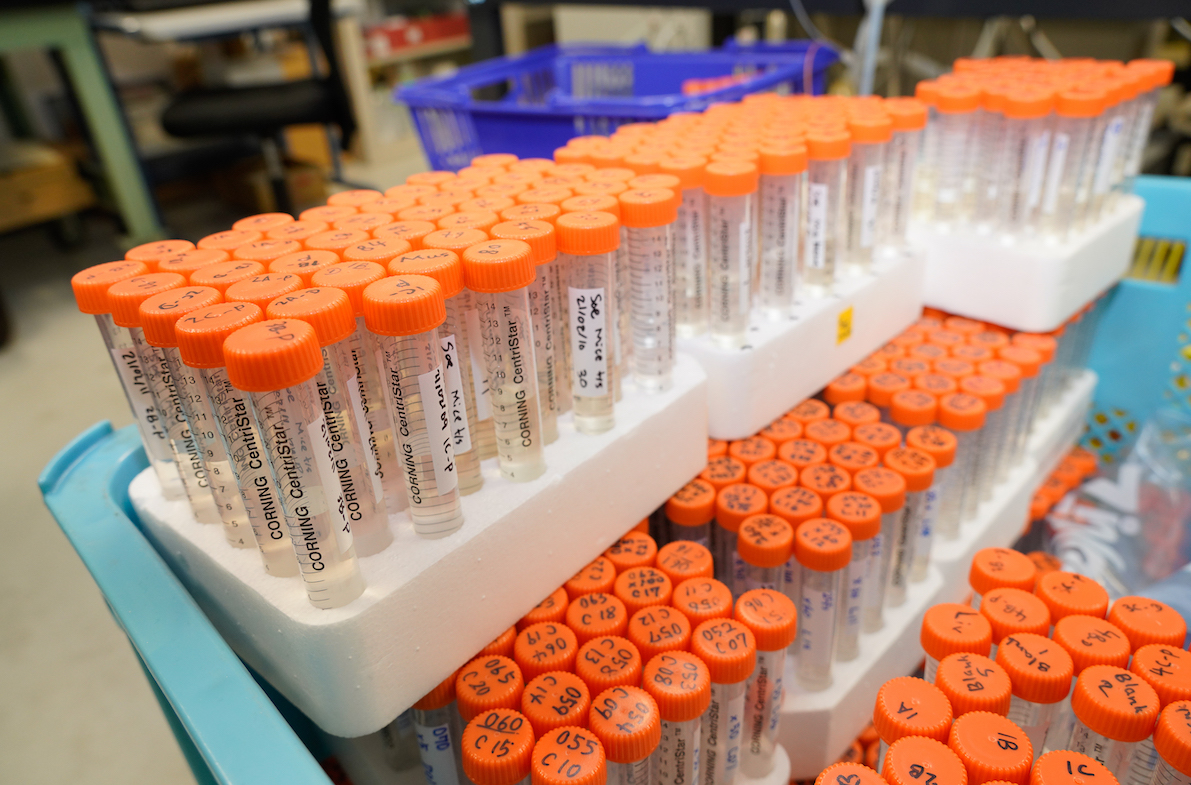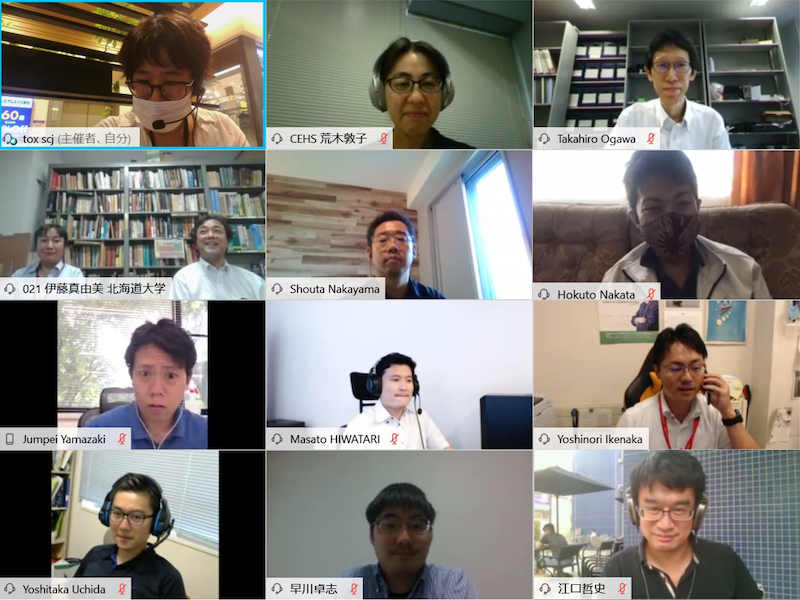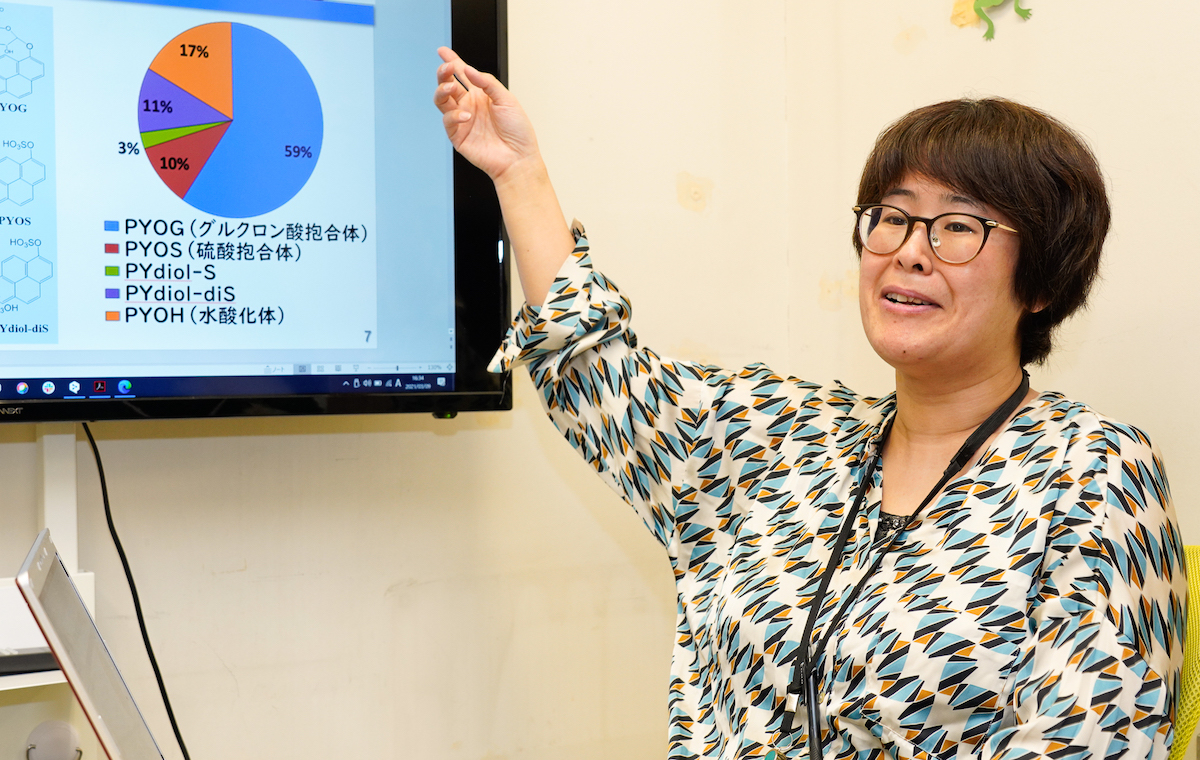This series of interviews introduces the five Principal Investigators (PIs) of 創成特定研究事業 (sōsei tokutei kenkyū jigyō), the university-wide interdisciplinary research promotion program to foster early- and mid-career researchers.
Environmental pollution is a major issue across the globe. An ambitious project is underway to clarify the toxicity of chemicals in humans, animals, and the environment and the mechanism of pollution occurring in contaminated areas. The power of interdisciplinary collaboration has been harnessed to bring about a brighter future.
Professor Mayumi Ishizuka (Veterinary Research Institute; Department of Toxicology, Graduate School of Veterinary Medicine), who specializes in toxicology, is the Principal Investigator of the project Collaboration between different fields on global chemical hazard problems: Initiatives and infrastructure construction by the 'Hokkaido University Tackling Team'.
Q: Please tell us the background and purpose of the formation of this project.
Mayumi Ishizuka: In veterinary medicine, the role of toxicology is to quantitatively evaluate the effects of pollutants in humans and in animals, and to clarify their mechanisms of action. However, even in cases where the effects and mechanisms of actions of pollutants are known, there still remain questions, such as: how these pollutants affect the ecosystem at large? How do they affect communities at the socioeconomic level? The connection between effects on individuals and effects at the larger scale is unclear.
Under these circumstances, a new paradigm has developed in the field of toxicology: Adverse Outcome Pathway (AOP). This paradigm is based on the idea of comprehensively understanding the adverse effects of pollutants from the cellular level, in the lab, to the community level, in the field.
Toxicology, alone, is far from sufficient to find a solution to the global issues caused by pollutants. We proposed bringing together specialists from various fields such as epidemiology, public health, medicine, engineering, agriculture, and information science to fully assess the state of affairs in polluted regions. The group of early- and mid-career researchers who came together under this proposal was designated the Hokkaido University Tackling Team.
Q: The collaborations now consists of more than ten researchers from Hokkaido University, and participating institutions include the University of Zambia, Chiba University, and Ehime University, among others. How was this network built?
Ishizuka: Hokkaido University has traditionally been strong in field science, and emerging ambitious field researchers travel overseas for their research. I think that our historical strengths have had a strong influence on the team formation. Nearly half of them are field researchers, so it's easy to communicate and everyone is very active. In fact, each member has voluntarily started their own small collaborations; as a result the network is expanding like branches and leaves on a tree. I believe that this growth is far from over, and look forward to seeing it thrive and mature.
Ishizuka: The University of Zambia and Hokkaido University's Faculty of Veterinary Medicine have a long shared history. When the Faculty of Veterinary Medicine was established at the University of Zambia, the faculty members of Hokkaido University, who had been interacting with their Zambian colleagues for many years, visited the site and gave lectures.
The actual state of environmental pollution in Zambia and other African countries has long been said to be a "black box". The typical approach of carrying out research to obtain scientific data that forms the basis of prevention has been delayed. We are currently attempting to clarify the actual situation of lead pollution in Zambia, and substantiate it with evidence. We hope that this will become a model for future research.
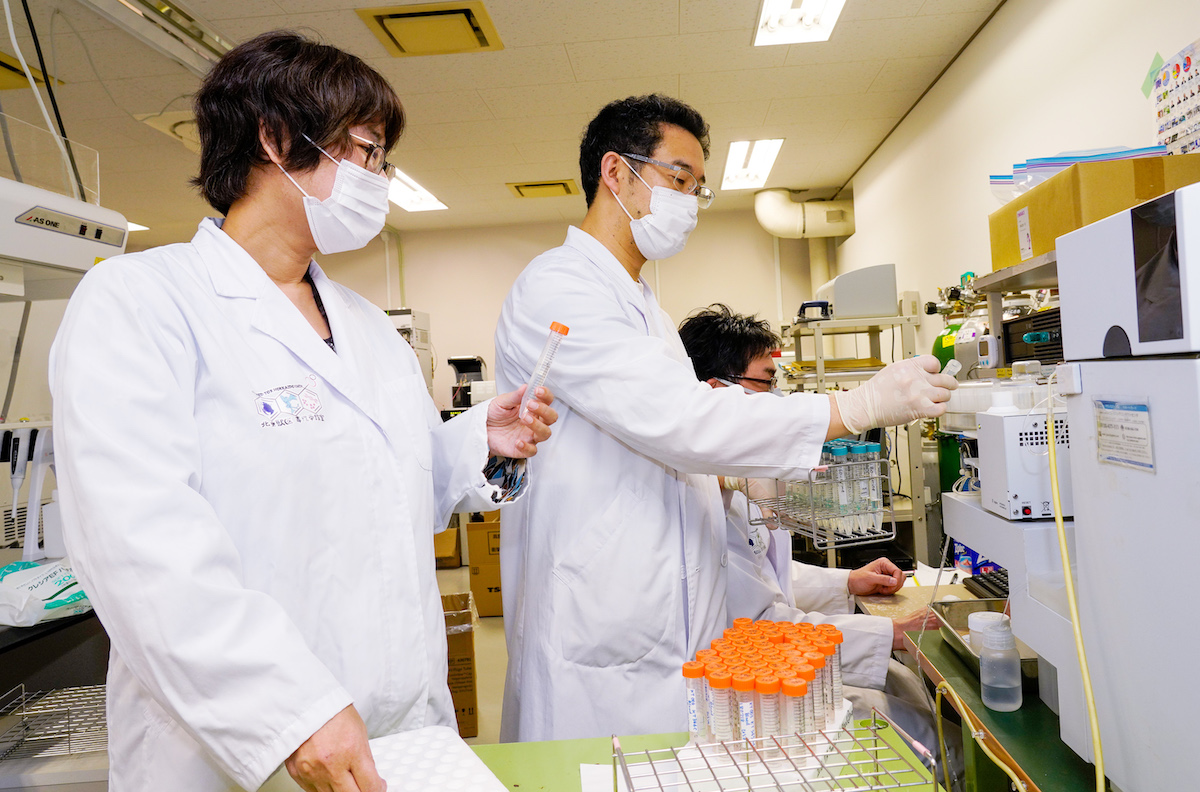
During the new Coronavirus pandemic, each member has been concentrating on analyzing the data accumulated so far and writing treatises.
Q: How have you connected toxicology to other fields during this project?
Ishizuka: There may be collaborative projects between veterinary medicine and different fields, including toxicology, at other universities, but I do not think it likely that there are many examples involving people specializing in economics, engineering, and agriculture.
When one hears the phrase "veterinary medicine", what most people think of are the "animal doctors," with their own clinical practice. While that aspect remains important, research in modern veterinary medicine also focuses on diseases that affect both humans and animals (panzoology or Zoobiquity), and the spread of zoonotic diseases worldwide. The field of veterinary medicine has expanded significantly to encompass humans, animals, ecosystems, and the environment.
As a matter of fact, I used to be a researcher who focused solely on my research. There was a time when I would just inform residents of contaminated areas the risk that they faced. When my students said to me, "We can tell the residents about the risks they face, but we are unable to tell them how to manage these risks with the resources they possess," I was lost for words: it was then I realized the error in my approach. I began by communicating with other researchers in my network, and that slowly grew into the idea of establishing a formal interdisciplinary collaboration. Starting out was hard, because it isn't easy to build a network, but we were driven by the ideal of doing research to realize a better society.
Q: What is the importance of Information Science in your research?
Ishizuka: In the past, we used to measure individual molecules in the cells or tissues; now that there have been great strides in technology, comprehensive analysis has become possible. We can now measure the difference in gene expression between those who have been exposed to chemicals and those who have not. However, to analyze this vast amount of data, the expertise of professionals in the field of Information Technology is required. Simultaneously, since cross-regional information will come in from economics and health medicine in the future, the answers that we obtain will change depending on how the data is analyzed. It is very encouraging to have an information science expert who can process diverse data from the individual level to the global scale. The members of the interdisciplinary collaboration are highly motivated.
There are still many things I want to do. I would like to show the future of new environmental pollution countermeasures through interdisciplinary collaboration, while listening to the experts as well as the affected communities.
Laboratory Webpage:
https://tox.vetmed.hokudai.ac.jp/

